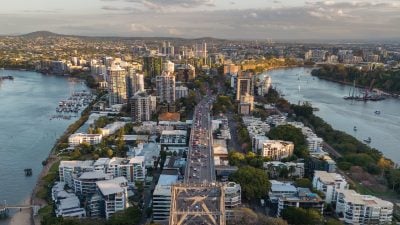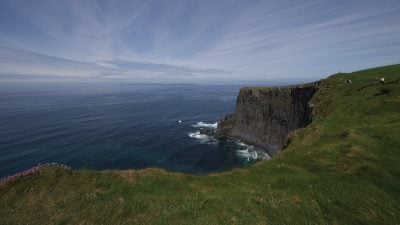Home / UK & Europe / UK - United Kingdom / England Tours: After London, W…

England Tours: After London, Where Next? (Part 2)
Previous:
England Tours: After London, Where Next? (Part 1)
Continuing our journey through England, especially for those travellers who have either never visited England or who have never ventured beyond London on England tours, here is a selection of places in the country’s South West and North regions which I have enjoyed and hopefully, so will any visitor.
SOUTH WEST ENGLAND
Devon and Cornwall
I have lumped these two places together as I feel they represent a very similar experience on an England vacation. Located at the extreme tip of southwest England, Devon and Cornwall offer not only beach vacations but stunningly beautiful coastal scenery. Inland are some dramatic landscapes which can be remote and wild. Starting with Cornwall, surrounded on three sides by the English Channel and the Irish Sea, it has miles of sandy beaches and dramatic cliff scenery. The largest resort is Newquay, the capital of Cornish surfing. St. Ives, with its harbour and winding cobblestone streets, is an arts centre which includes numerous galleries and craft shops. Tintagel is the supposed birthplace of King Arthur and has the imposing Tintagel Castle perched on the top of a cliff; there is even a cave named after the wizard, Merlin. St. Michael’s Mount is a small island reached when the tide is out, featuring a castle and chapel, and is the counterpart to Mont St. Michel in Normandy, France. Rocky Land’s End is the most westerly point in England. Other pleasant and quaint resorts are the fishing villages of Bude and Polperro, the latter having traffic-free streets.

Devon, Cornwall’s neighbour, has a number of beach resorts. The best known one is Torquay, with its milder winter climate. It is located in the heart of the “English Riviera” and is perfect as a centre from which to visit the numerous other smaller resorts and fishing villages on the South Devon Coast. Dartmouth is an attractive historical town with a picturesque harbour location on the River Dart and is home to the Royal Naval College. There is a 15th Century castle and the Dartmouth Museum features a collection of ship models and other artifacts. The largest city is Exeter and is the perfect place to use as a base to explore Devon. On its own merits, it has much to offer with its Roman Wall, 15th Century cathedral, and the underground passages below the city. There are also some wonderful scenic walks along the estuary of the River Exe heading towards the sea. Devon has two National Parks, Dartmoor and Exmoor. This is English countryside at its wildest. The landscape is ruggedly beautiful and definitely dramatic. They are both home to all types of wildlife including wild ponies which roam the moorland. Just north of Exmoor, on the coast, are the picturesque twin towns of Lynton and Lynmouth. Try the steep walk from the beautiful harbour in Lynmouth to the charming cafes and shops in Lynton or take the water-powered cliff railway. While in Devon, on your England tour, you simply must indulge in a Devon Cream Tea (scones, jam, clotted cream, and of course, a pot of tea).
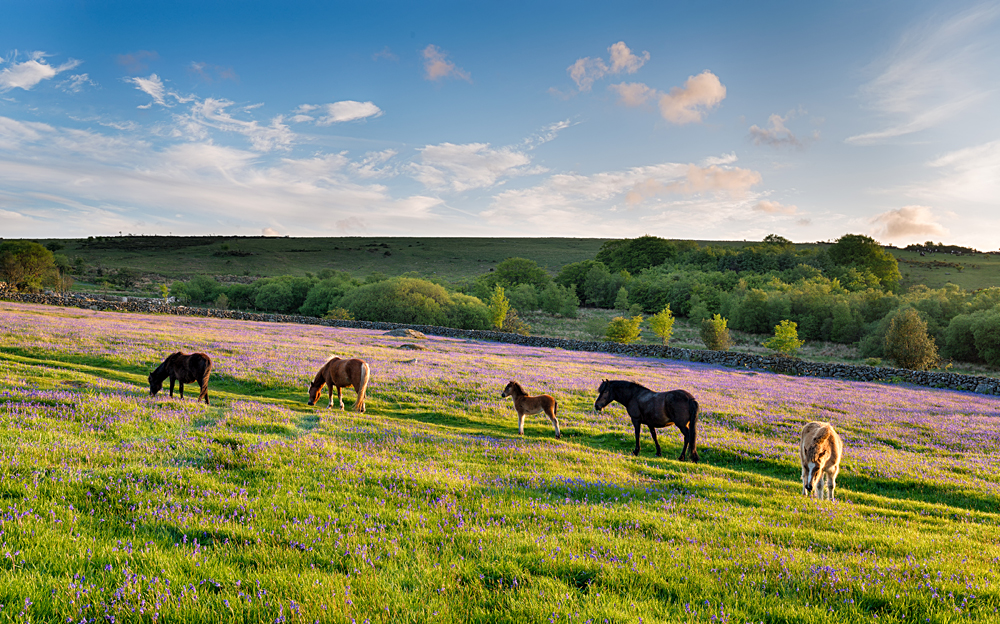
Royal Bath
Bath has a rich history as a spa town with some of the world’s best-preserved Roman bath houses built over 2000 years ago. The city was fortunate to be founded on top of natural hot springs. Today, you can partake in a therapeutic bath or just look around the Great Bath, which is geothermally heated. The Museum of Bath Architecture is definitely one of the most interesting museums in Bath, detailing the history of this Georgian city. But Bath is also famous for its excellent Georgian architecture. A highlight of this architecture is the well known Royal Crescent, a semicircular terrace of townhouses which overlook the Royal Victoria Park. Built between 1767 and 1775, the houses appear to be exactly the same from the outside, but inside, no two houses are alike. No. 1 Royal Crescent is open to the public. Another example of Georgian architecture is The Circus, consisting of 3 terraces of 33 mansions. To be considered a city in England, there must be a cathedral. In Bath, there is Bath Abbey which technically makes this city an exception. This enormous abbey was built in the 16th century and was one of the last medieval churches to be built. Check out the view of the city from the tower.
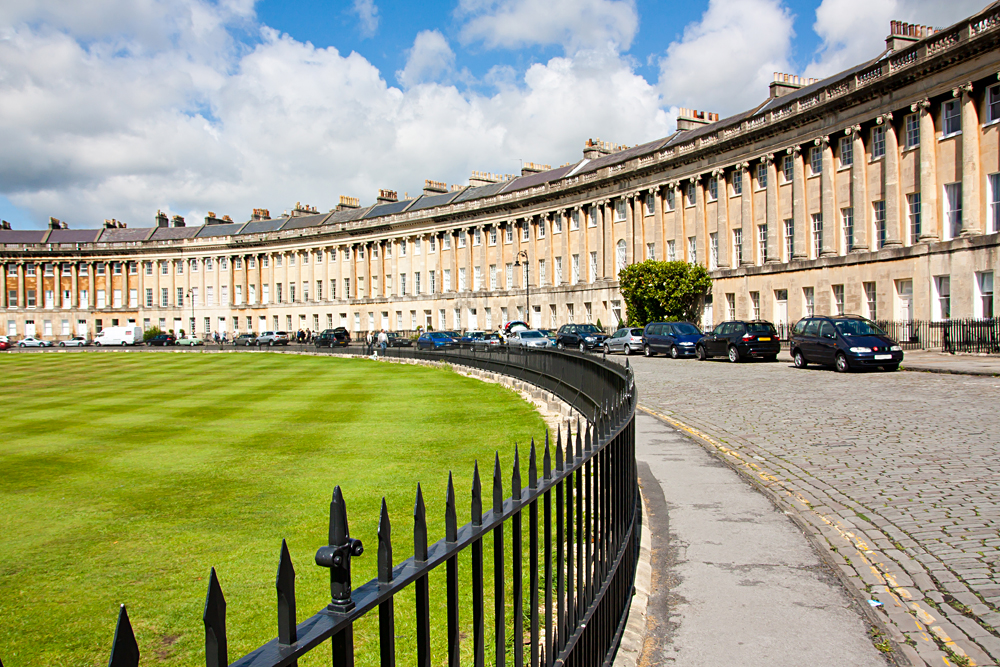
Stonehenge
First of all, in preparation of any England tours, let me tell you that Stonehenge is located in the middle of nowhere in the county of Wiltshire. Also, unfortunately, you can only view it from a distance. I remember being able to walk right up to these stone monoliths, but to avoid anyone damaging the stone pillars, it is now fenced off. Basically, it is a ring of very tall stone pillars and a prehistoric monument. It is thought that it was first constructed around 3000 BC. It is also thought to be a burial ground containing human remains. The big mystery about Stonehenge is that the actual stone used was not from a local source, but was from Wales, around 320 kilometres/200 miles away. How these huge mammoth stones were transported to this spot is at the heart of the mystery.

Thomas Hardy Country
If you have ever read any novels by or seen movies based on the famous English author, Thomas Hardy, you will have experienced, by osmosis, the life and times of the locations in Dorset in which these novels were set. Many of the places that appear in the novels actually exist, but most times, Hardy gave them a fictitious name. His home town of Dorchester was called Casterbridge, as in his novel, The Mayor of Casterbridge. There are several points of interest you can visit to find out more about Hardy. These include Hardy’s Cottage at Higher Bockhampton, where he was born and where he wrote his early novels, and Max Gate in Dorchester, where he lived until his death. Also in Dorchester is Hardy’s Study and Writers’ Gallery at the Dorset County Museum.

NORTH ENGLAND
The Lake District
Located in the extreme northwest of the country, the Lake District is not just a region but a scenic national park, made up of a series of serene lakes, rugged mountains rising up out of the sides of the lakes, and several attractive, very British market towns. With its green fields, stone cottages, dry stone walls, and rolling fells, the landscape of the Lake District will definitely charm you. The principal lakes are Coniston, Windermere, Ullswater, and Derwentwater. Just standing on any of these lakeshores admiring the surrounding countryside is enthralling. If you want a different perspective, then take one of the many boat cruises available on the larger lakes. If you are energetic, you can take short walks or long hikes in the Lake District. You can linger a while in one of the market towns such as Keswick, Ambleside, or Coniston and browse the small shops, have a hearty but tasty typically English afternoon tea, or stop in at one of the many traditional style pubs for a pint. You can visit the place where the famous English poet, William Wordsworth, used to live, called Dove Cottage, on the edge of Grasmere. If you ever read the Beatrix Potter books, you might like to know that she spent much of her time here. Hill Top, a 17th Century house near Hawkshead, was once Beatrix Potter’s home and open to the public as a writer’s house museum.

York
I have a soft spot for York as it is situated only 30 kilometres/18 miles from where I spent my childhood. It was a city which fascinated me with its medieval centre and old Roman Wall with ramparts along which one could walk. The great thing about York is the diversity of attractions for all interests and ages. The most important building here is York Minster, the largest medieval cathedral in Northern Europe, a beautiful Gothic edifice and seat of the Archbishop of York. It is the second-most important Anglican Church in England after Canterbury. It dates back to the 13th century in its present form. In the interior are over 200 intricately-carved heads and figures. It is almost imperative that you climb up to the top of the tall tower for amazing views of York. After the Minster, head to picturesque The Shambles, the name of which was somehow derived from a Saxon word meaning slaughterhouse. In the 19th century, there were over 20 butcher shops on this narrow cobblestone street. Today, it is lined with Tudor-style buildings that seem to be crowded together, almost hanging over you. There is an abundance of wonderful museums in York. The National Railway Museum is the largest railway museum in the world. It houses more than 100 locomotives which includes Stephenson’s Rocket, the world’s first steam locomotive. There is also a Japanese bullet train and the famous Flying Scotsman. If you want to have an idea of how York was in the days of the Roman occupation, head to the Yorkshire Museum, with its models and maps and mosaics, plus even dinosaur fossils. The York Castle Museum offers displays of everyday life in York over the past 400 years, with reconstructions of a Victorian street, a prison cell that housed the highway robber, Dick Turpin, and much more. If you feel like taking a break and having a snack, I recommend you go to Betty’s, an archetypical English tearoom.
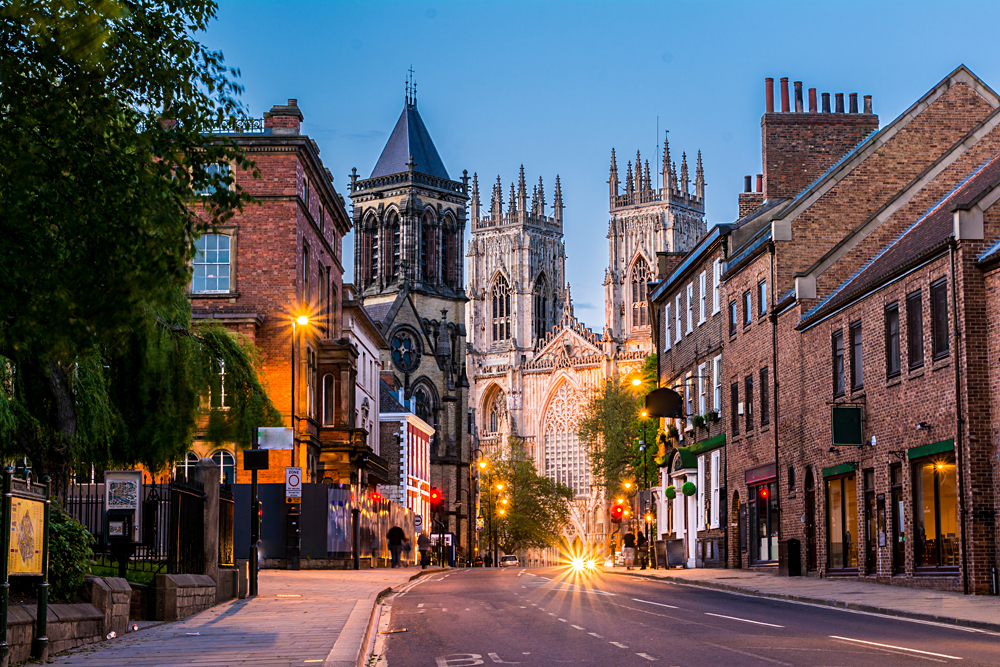
Haworth
Haworth is the Yorkshire village in which the Bronte sisters lived. It is steeped in character and seems little changed from the descriptions in their novels which included the surrounding Bronte Countryside. The main colourful cobblestone street, with its old stone houses and quaint shops, is a steep climb from the bottom, but is well worth walking up. You eventually reach the Bronte Parsonage, which is now a museum. Just past the museum is some of the wildest countryside in England or maybe anywhere. There are sweeping views of the moors and the Pennine Mountains. This is truly Wuthering Heights. You can walk out into the brooding moors for even better views, eventually reaching the Bronte Waterfall and Top Withens, a small house featured in the Wuthering Heights novel.
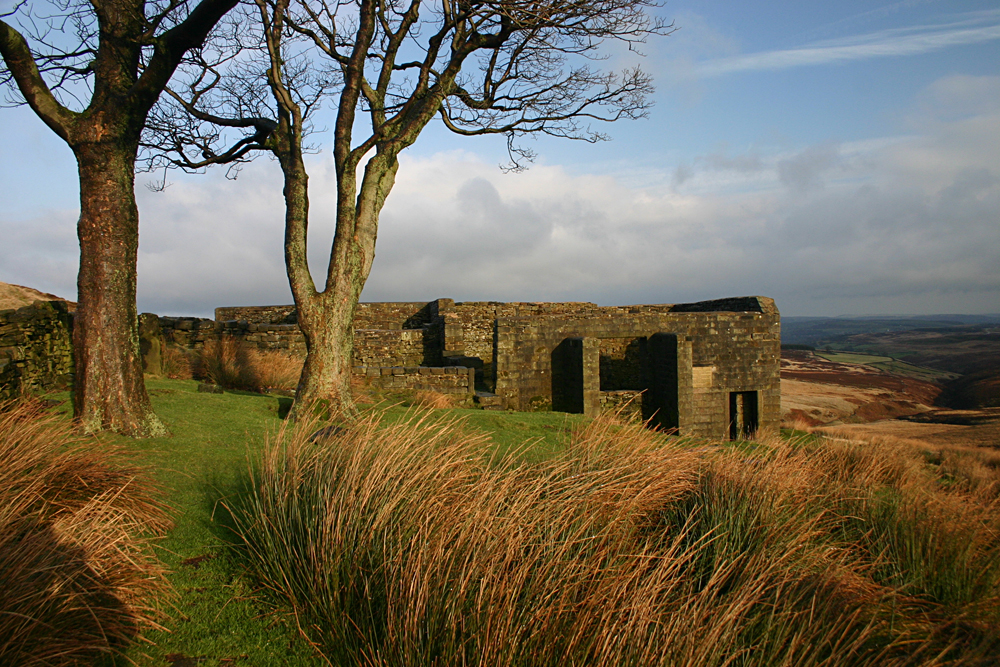
James Herriott Country
I am assuming that you have either read some of the James Herriott novels or seen the tv series about this fictional veterinary surgeon/doctor, based on the real-life experiences of the author who spent most of his life in this part of North Yorkshire. Even if you are not conversant with either, this region is well worth visiting. These are the Yorkshire Dales, which is home to some of the most beautiful national parks and historic market towns. The locals call it “Gods Own Country.” Most of the locations featured in the novels are in the towns of Thirsk and Askrigg. However, the Yorkshire Dales has some delightful and wild countryside full of sweeping panoramic views, quaint villages, and historic castles and monuments.
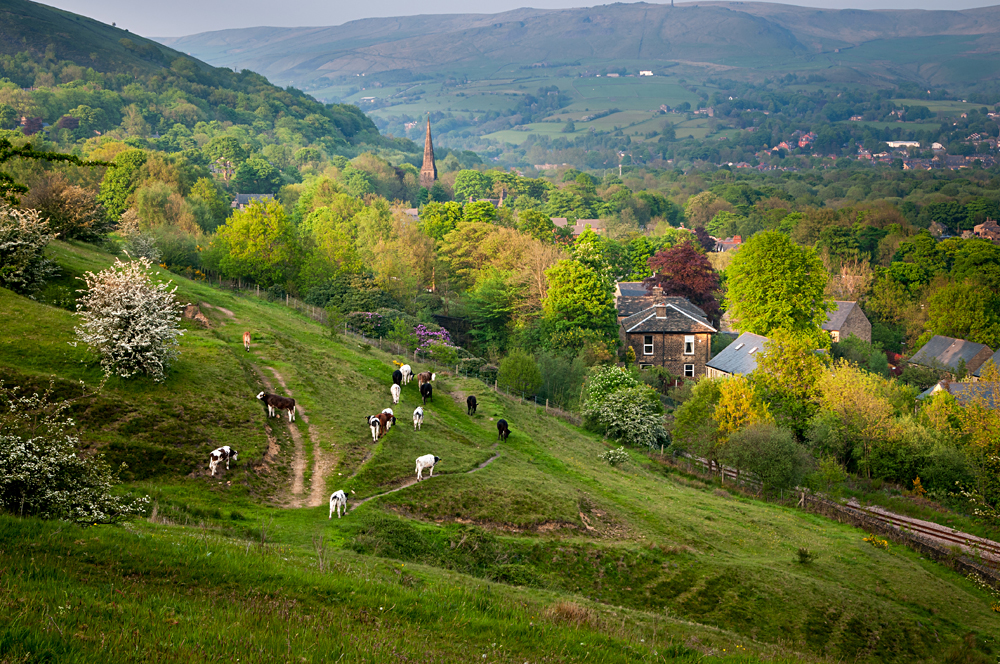
The list of wonderful places and regions one should visit is innumerable, and should you tackle any or all of the above mentioned on any England tours, you will come home with the knowledge that England is not only more than London, but extremely varied in its diversity of different attractions.
For more information or travel ideas to the United Kingdom, please visit us at www.goway.com.
Get more travel inspiration by email.
Subscribe
0 Comments

Get the latest travel trends & hear about the best deals on vacations around the world.
If you’re a Globetrotter, these are the newsletters for you!

